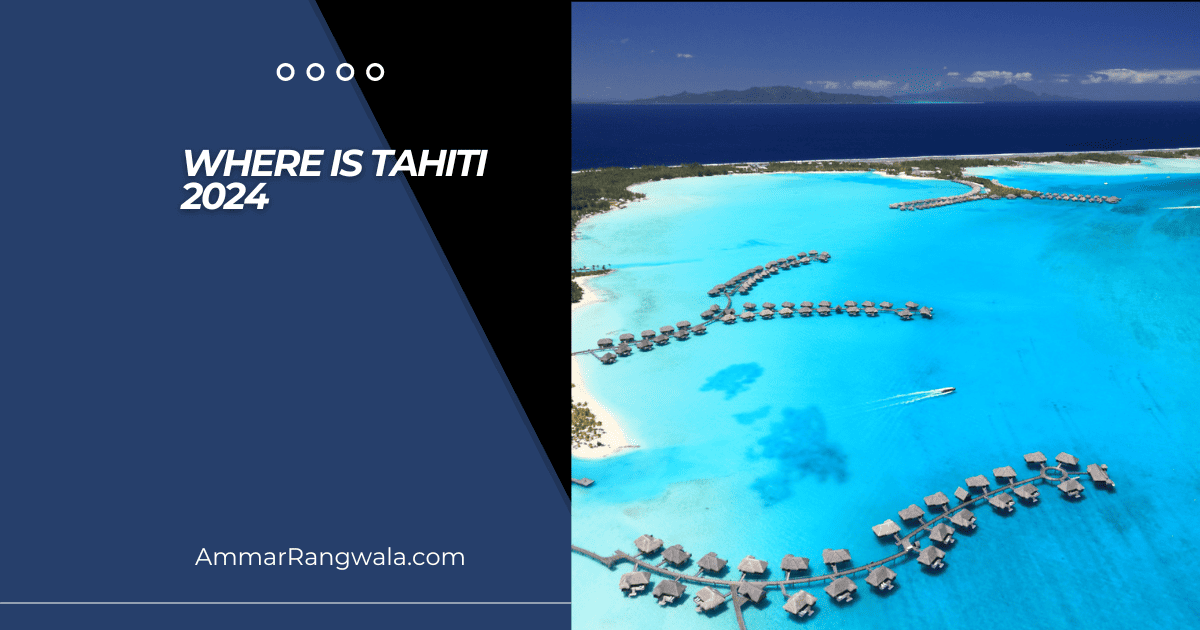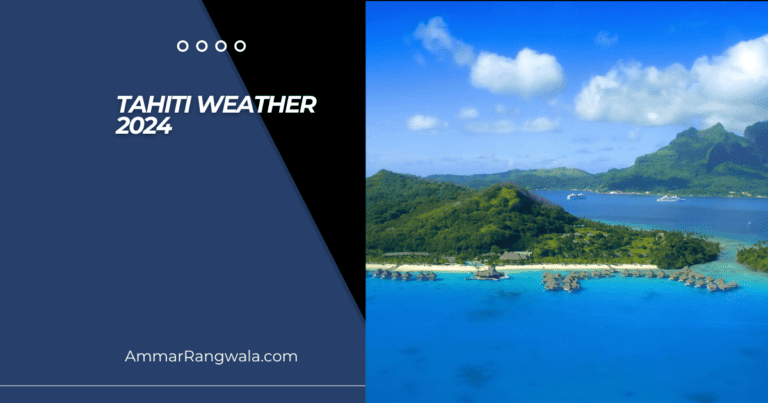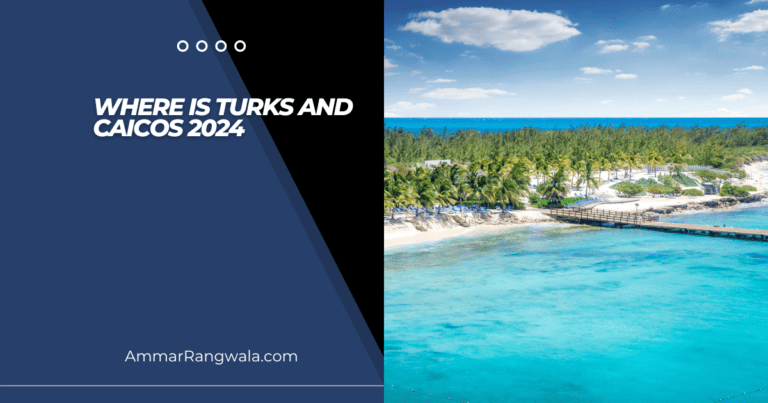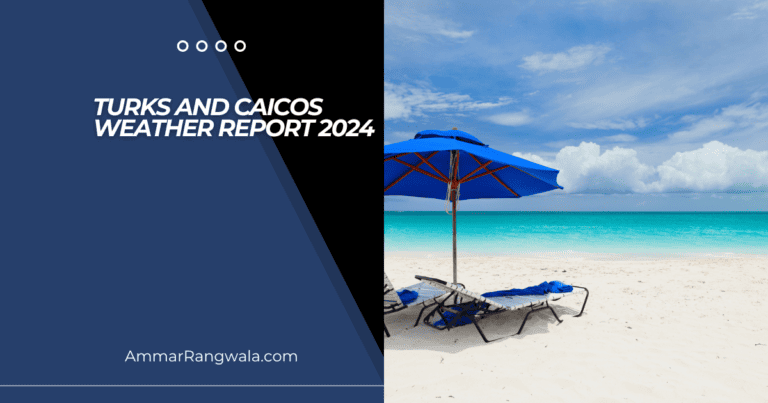Where is Tahiti: Your Essential Travel Guide 2024

Where is Tahiti? The largest island in French Polynesia, pulsates with a vibrant cultural heartbeat and boasts a dramatic volcanic terrain, captivating countless travelers with its unique allure. Its rich heritage, steeped in ancient mythology, intricate tattooing, and irresistible dance traditions, offers a window into a fascinating society deeply connected to the land and sea. Whether seeking to witness the mesmerizing Ori Tahiti performances or bask in the warmth of Polynesian culture and hospitality, Tahiti offers an unforgettable cultural experience.
Beyond its cultural richness, Tahiti’s geographical context paints a captivating picture. Positioned in the heart of the South Pacific Ocean, approximately 3,200 kilometers southwest of mainland California, the island enjoys a tropical climate characterized by lush rainforests, rugged volcanic peaks, and pristine coral reefs teeming with marine life. Mount Orohena, Tahiti’s highest point, pierces the sky at over 3,300 meters, a testament to the island’s volcanic origins. The surrounding lagoons are protected by a natural barrier reef, creating idyllic havens for swimming, snorkeling, and diving.
This post explores Tahiti’s geographical backdrop comprehensively, providing valuable insights into its location, topography, and natural features. By understanding the island’s physical layout and position within the vast Pacific Ocean, travelers can better appreciate its unique ecosystem and cultural tapestry, enriching their overall experience.
Locating Tahiti
Tahiti, cloaked in lush rainforests and fringed by coral reefs, resides in the heart of the South Pacific Ocean. To situate its position, draw an imaginary line due west from Los Angeles, traversing nearly 4,400 kilometers across the vast expanse. Alternatively, visualize a journey east from Sydney, spanning roughly 7,900 kilometers. In both directions, Tahiti awaits.
This captivating island forms part of French Polynesia, an archipelago comprised of 118 islands and atolls scattered across the ocean’s surface. Tahiti reigns supreme as the largest landmass within this mosaic, boasting an area exceeding 1,000 square kilometers. Imagine two volcanic peaks, Tahiti Nui and Tahiti Iti, connected by a slender isthmus, forming the island’s distinctive figure-eight silhouette.
For precise mapping, Tahiti’s geographic coordinates pinpoint its location at 17°49′S 149°34′W, which is roughly halfway between the Tropic of Capricorn and the Equator, nestled within the Society Islands archipelago. Tahiti serves as French Polynesia’s cultural and economic hub, with its capital city, Papeete, drawing visitors from across the globe.
So, while the allure of Tahiti’s idyllic beaches and vibrant culture might evoke notions of paradise, understanding its geographical context paints a vivid picture of its actual location within the vast tapestry of the Pacific Ocean.
Navigating French Polynesia
- Society Islands: This archipelago, Tahiti’s home, comprises volcanic islands draped in lush rainforests and fringed by coral reefs. Moorea, known for its dramatic peaks and heart-shaped silhouette, lies northwest of Tahiti, while Bora Bora, famed for its luxurious overwater bungalows and iconic Mount Otemanu, rests further northwest.
- Tuamotu Archipelago: Comprised of numerous atolls and coral islands, this chain boasts turquoise lagoons and pristine beaches, offering unparalleled snorkeling and diving opportunities. Rangiroa, the largest atoll, is renowned for its manta ray encounters.
- Marquesas Islands: Characterized by rugged volcanic mountains and verdant valleys, these remote islands exude a mystical aura steeped in ancient Marquesan culture and traditions. Nuku Hiva, the largest island, features archaeological sites and cascading waterfalls.
- Austral Islands: This southernmost archipelago showcases a unique blend of Polynesian and European influences. Tubuai, the administrative center, offers charming villages and historical sites.
- Gambier Islands: Volcanic in origin; these remote islands are known for their distinctive stone churches and coral sculptures, showcasing a unique art form. Mangareva, the largest island, is the cultural and religious center of the archipelago.
Beyond Tahiti’s Shores
While Tahiti’s volcanic peaks and fertile valleys captivate visitors, venturing beyond its borders unlocks a world of diverse landscapes. Moorea’s jagged peaks and lush valleys contrast with the scenery, while Bora Bora’s iconic Mount Otemanu and surrounding coral reefs create a picture-perfect postcard scene. Each archipelago reveals its unique charm, from the turquoise atolls of the Tuamotus to the rugged beauty of the Marquesas Islands.
Beyond the Map
While a map pinpoints Tahiti’s physical location, its true significance lies woven into the tapestry of Polynesian history and mythology. Here, gods birthed creation, heroes navigated celestial pathways, and mana (spiritual power) pulsed through the land.
Echoes of Creation
Tahitian lore credits Taaroa, the supreme god, crafting the universe, including Tahiti as the first landmass. Legends narrate how he split his daughter Papa (Earth) from Rangi (Sky), birthing the world and its diverse life forms. This creation myth resonates across Polynesia, solidifying Tahiti’s central place in the cultural framework.
Unique Ecosystems, Endemic Wonders
Beyond its mythical significance, Tahiti boasts diverse ecosystems—lush rainforests cloak volcanic peaks, while coral reefs teem with marine life. Endemic wonders abound, from the Tiare flower, a symbol of purity with its intoxicating fragrance, to the monoi oil, traditionally extracted from its petals. The koki bird, Tahiti’s national emblem, adds a vibrant splash of crimson to the verdant landscape.
Landmarks and Activities
From the sacred marae (temples) whispering of ancient rituals to the surfers gliding atop waves born of mythical journeys, Tahiti offers experiences that ignite the imagination. Hike the majestic Mount Temehani, its peak piercing the clouds, or dive into the crystal-clear waters teeming with colorful fish and coral gardens. Witness the intricate tattoos, each symbol carrying stories of lineage and mana. Engage in vibrant dance performances where graceful movements communicate a rich cultural heritage.
Tahiti transcends mere geographical coordinates. It pulsates with cultural depth, ecological diversity, and captivating stories waiting to be discovered. As you explore its landscapes, feel the echoes of legends and immerse yourself in the heart of Polynesia.
Planning Your Tahiti Vacation
Reaching Your Island Oasis
- Air Travel: Tahiti Faa’a International Airport (PPT) serves as the main gateway, with connections from major hubs like Los Angeles, San Francisco, Paris, and Auckland. For optimal pricing, consider exploring deals from multiple airlines, such as Air Tahiti Nui and Air France. Flight time varies depending on origin, ranging from 8-14 hours.
- Inter-Island Connectivity: Air Tahiti operates domestic flights connecting Tahiti to other islands like Moorea, Bora Bora, and Raiatea. Ferry services also provide scenic inter-island travel on specific routes. Research options and book in advance, especially during peak season.
Time and Currency
- Time Zone: Tahiti operates on Fiji Standard Time (GMT+12), 18 hours ahead of Pacific Standard Time (PST). Adjust your schedule accordingly to minimize jet lag.
- Currency: The official currency is the French Polynesian franc (XPF). ATMs are widely available, but carrying Euros or US Dollars for exchange is recommended, particularly for smaller islands. Credit cards are accepted at most prominent establishments.
Fueling Your Exploration
- Official Tourism Website: Tahiti Tourisme (https://www.tahititourisme.com/) provides comprehensive information on islands, accommodations, activities, and travel planning tools.
- Tahiti Travel Guide: Reputable travel guides like Lonely Planet or Fodor’s offer in-depth insights into local culture, attractions, and transportation options. Consider their digital versions for convenient access on the go.
Additional Tips
- Language: While French is the official language, English is widely spoken in tourist areas. Learning basic Tahitian phrases can enhance your experience and cultural connection.
- Visa Requirements: Check visa requirements for your nationality with the nearest French embassy or consulate. Most nationalities can stay visa-free for up to 90 days.
- Travel Insurance: Consider travel insurance to protect your trip against unforeseen circumstances.
By planning your logistics effectively and utilizing these resources, you can ensure a smooth and enriching experience through the captivating islands of Tahiti.
Summary
Anchored within French Polynesia, Tahiti’s volcanic origins have sculpted a dramatic landscape of jagged peaks, lush valleys, and pristine coastlines. Its strategic location in the vast Pacific Ocean significantly shaped its rich cultural tapestry, influenced by both Polynesian and European traditions.
While renowned for its breathtaking beaches and turquoise waters, Tahiti offers far more than postcard-perfect vistas. Learn about the local customs, evident in vibrant dance performances and intricate tattoo artistry. Check out the vanilla plantations, a cornerstone of the island’s economy or even hidden waterfalls cascading through verdant rainforests with diverse flora and fauna. Enjoy your trip!
Ammar has started several online businesses and is a blogger who loves providing quality content to help others. He is involved with affiliate marketing, domain names, NFTs, and cryptocurrencies. Check out my blog if you want to learn more about these areas and business in general.






